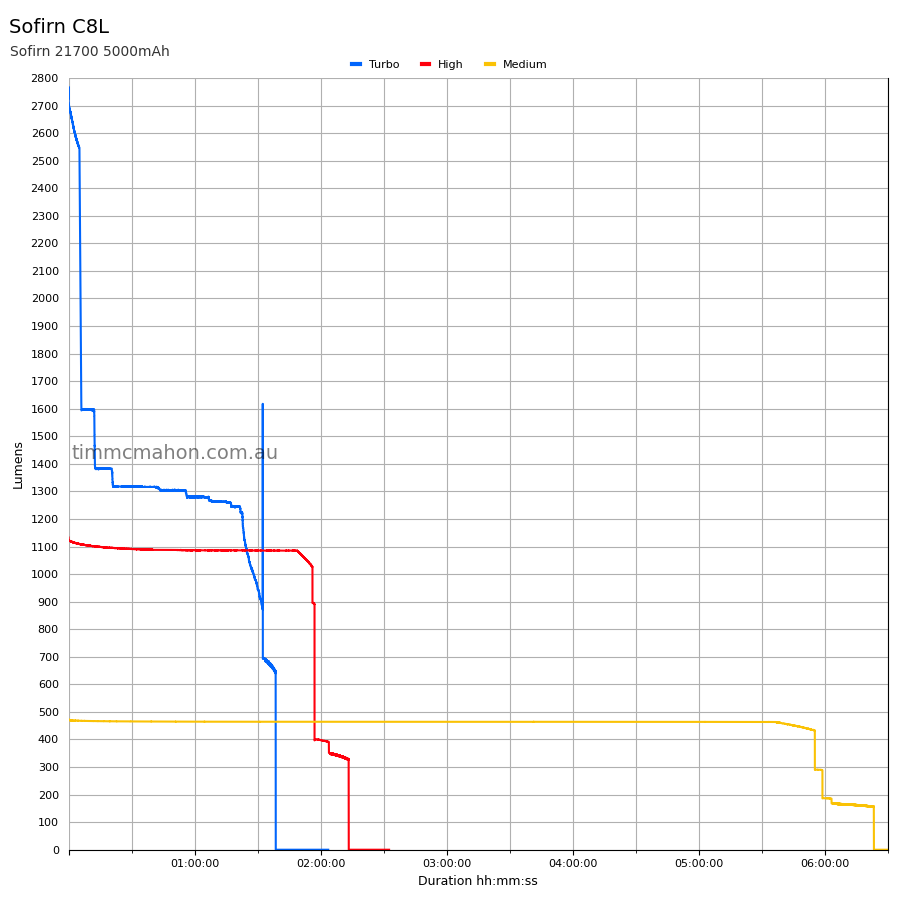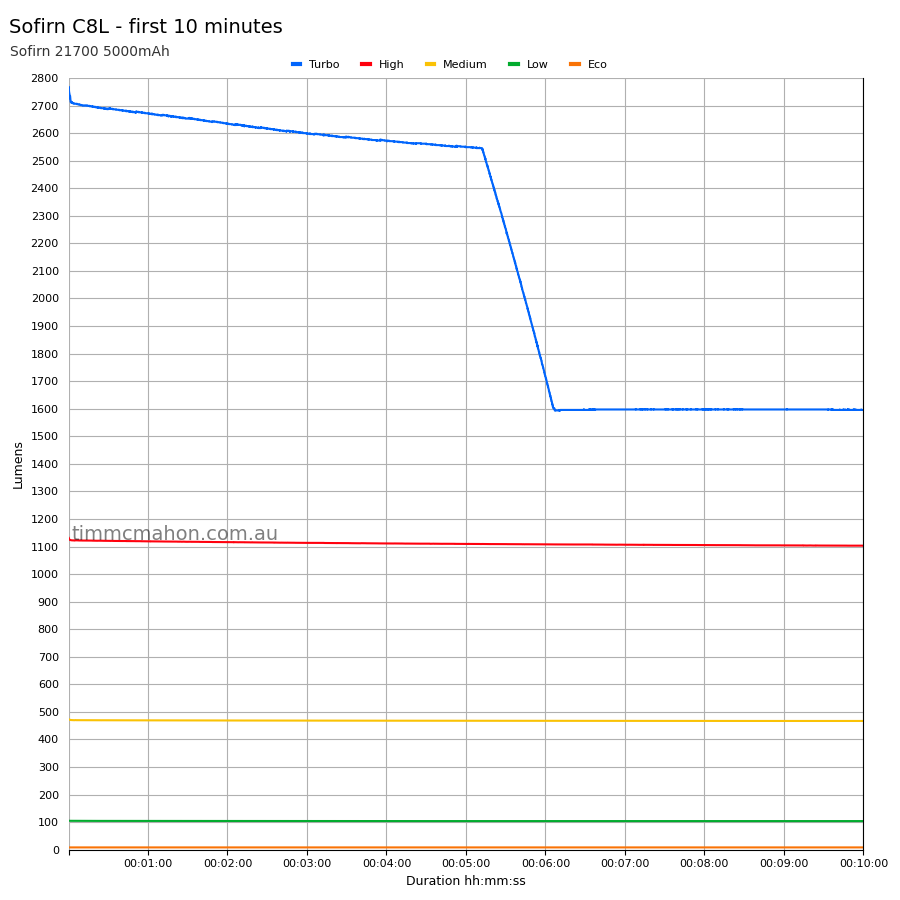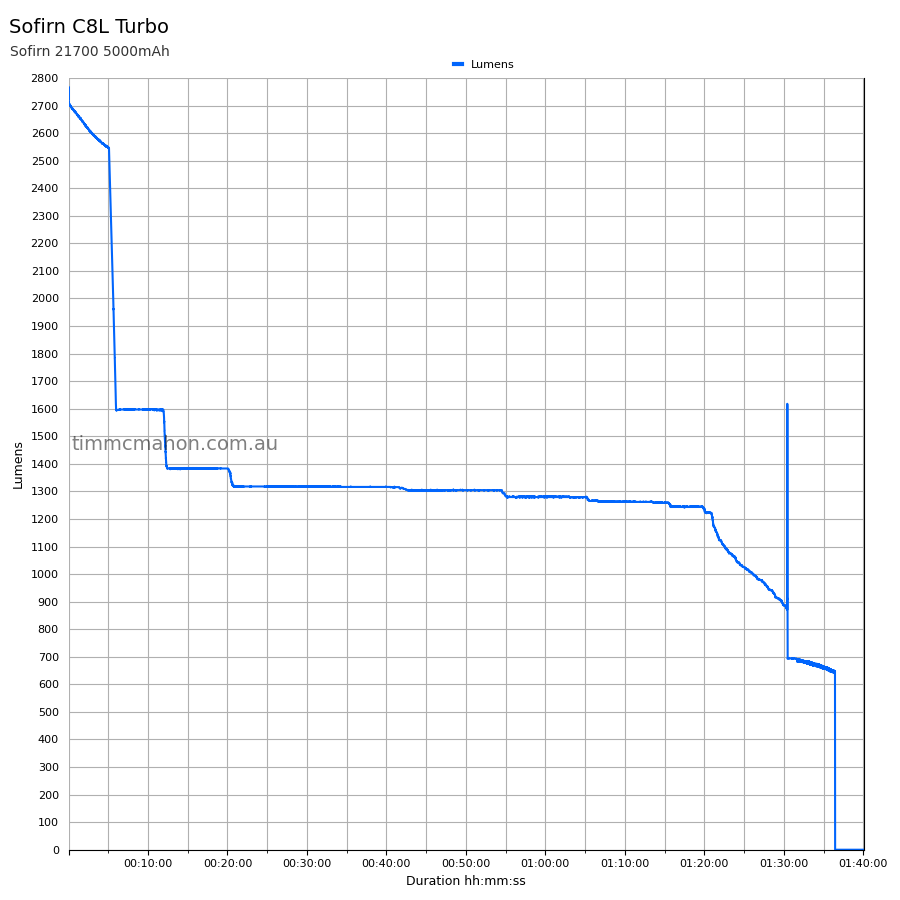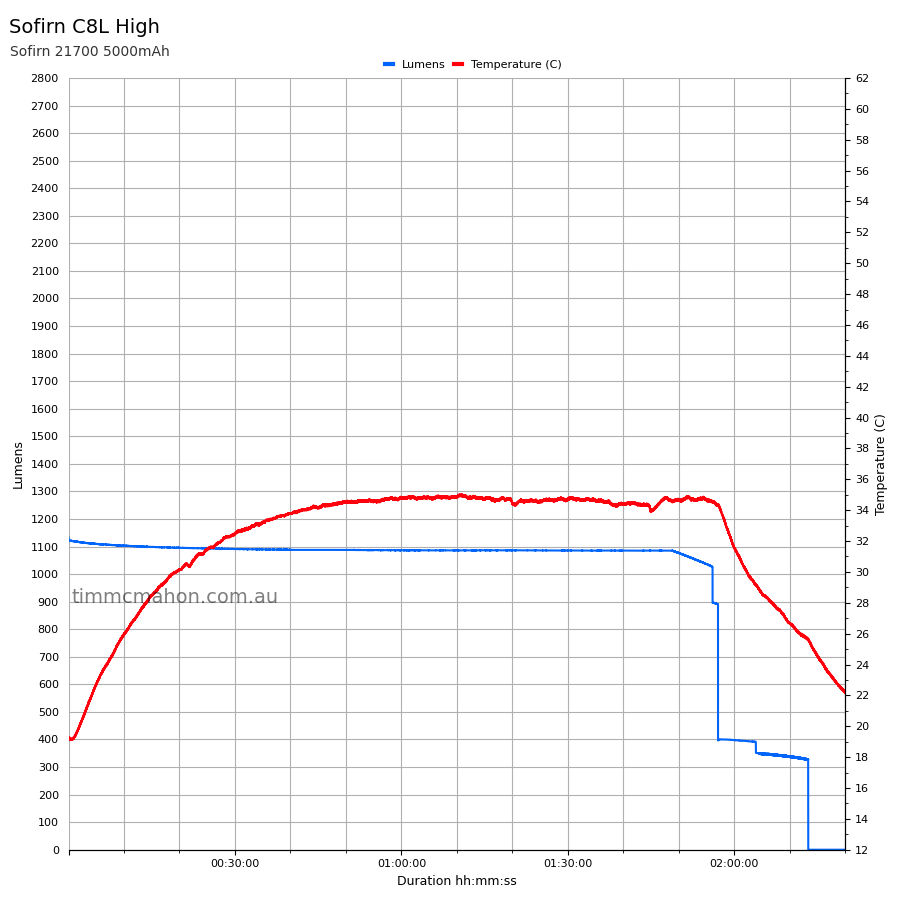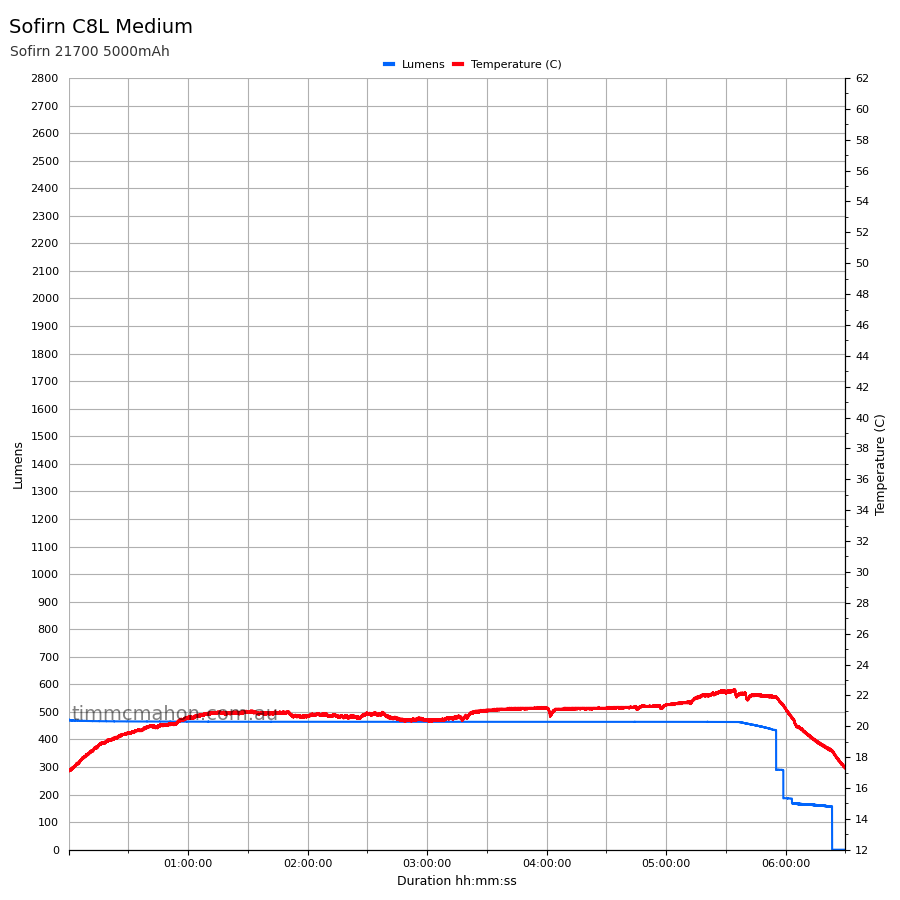Sofirn C8L Review
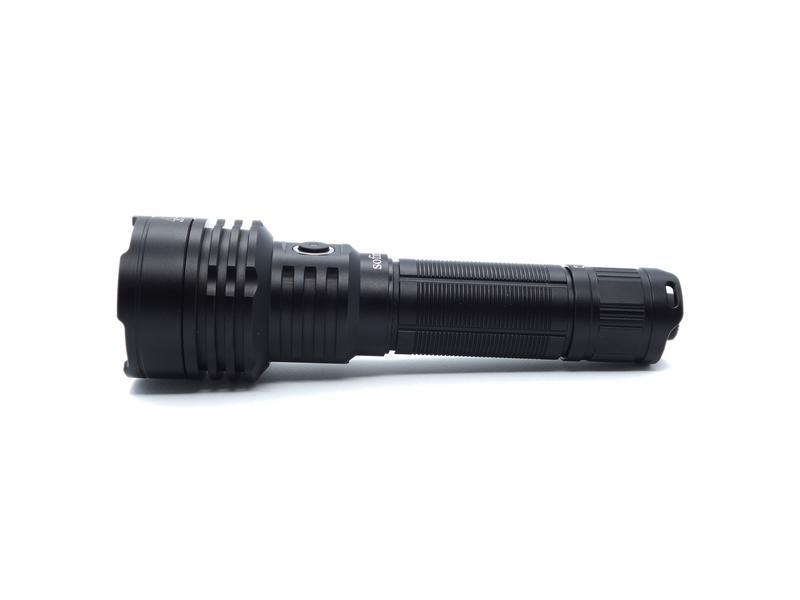
Sofirn C8L#
- Specifications
- Introduction
- Torch in use
- Build quality
- LED, bezel, lens, reflector and beam
- Size and comparison
- User interface and driver
- Batteries and charging
- Performance
- Beamshots
- Conclusion
- Product page
Specifications#
| Brand/model | Sofirn C8L |
|---|---|
| LED | Cree XHP50.3 HI 6500K |
| Maximum lumens | 3,100 lm |
| Maximum beam intensity | 70,500 cd |
| Maximum throw | 531 m |
| Battery | 1*21700 Li-ion |
| Onboard charging | Yes. USB-C. |
| Material | Aluminium |
| Modes | 5 |
| Blinkies | Strobe, SOS, Beacon |
| Reflector | OP |
| Waterproof | IPX8 |
| Review date | July 2022 |
Introduction#
The C8L is Sofirn’s newest addition to the C8 family of throwers. It may appeal to hunters due to a decent runtime and the smooth throwy beam produced by a single Cree XHP50.3 emitter with an orange peel reflector.
Earlier models in the C8 family used a single 18650 cell and had a single switch (tail switch). The C8L has an electronic side switch, a mechanical tail switch and it is powered by a 21700 Li-ion cell with a bit more capacity.
Sofirn provided this torch to celebrate reaching 10,000 users on their Facebook group. I have not been paid for this review nor have I held back my opinions.
Packaging#
A plain cardboard box with Sofirn branding was used with some foam.
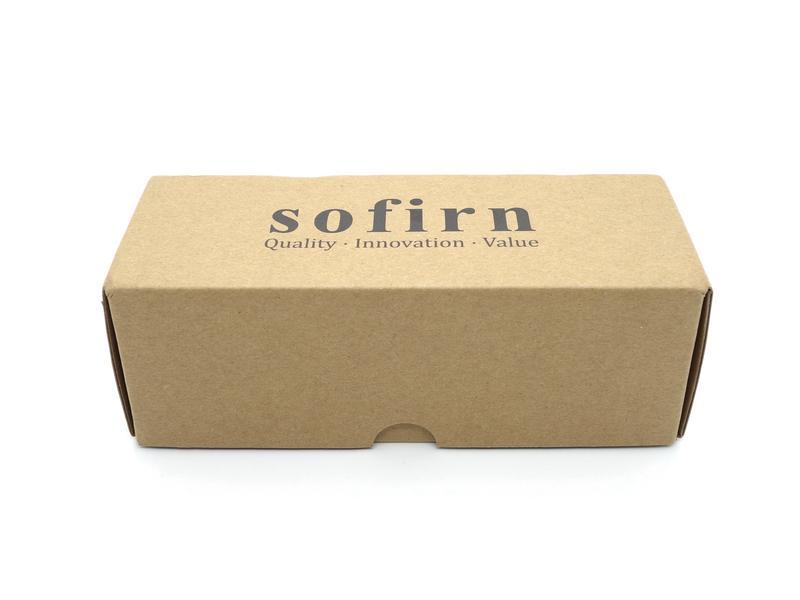
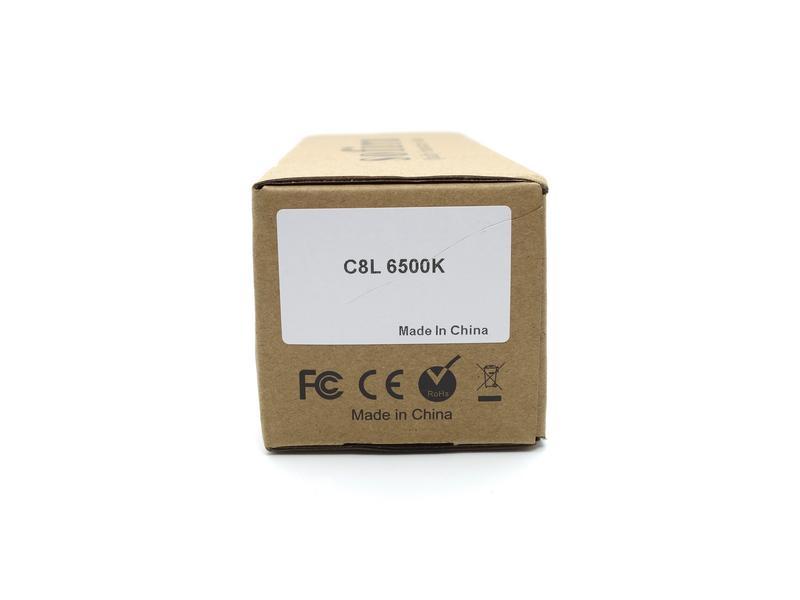
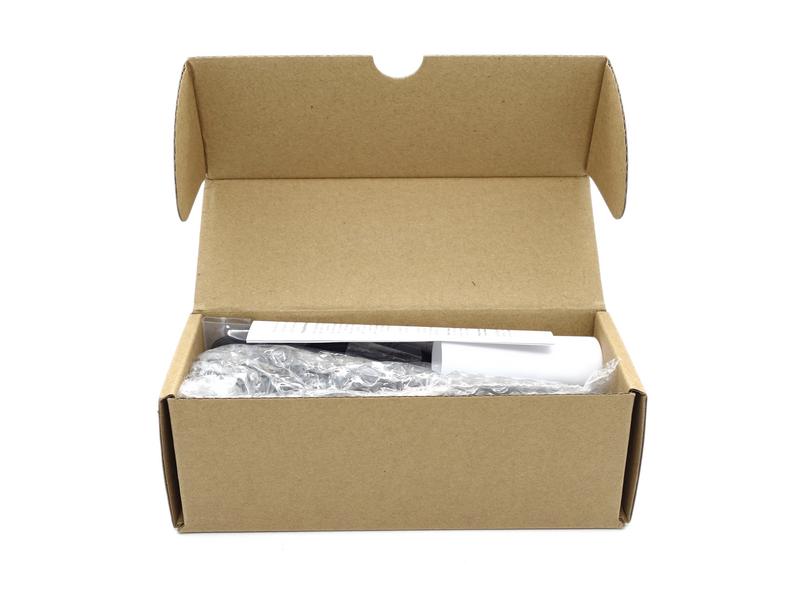
The following was included in the box:
- Sofirn C8L
- Sofirn 21700 5000mAh unprotected cell
- 18650 to 21700 adapter
- Lanyard
- Spare o-rings
- USB-A to USB-C cable
- User manual
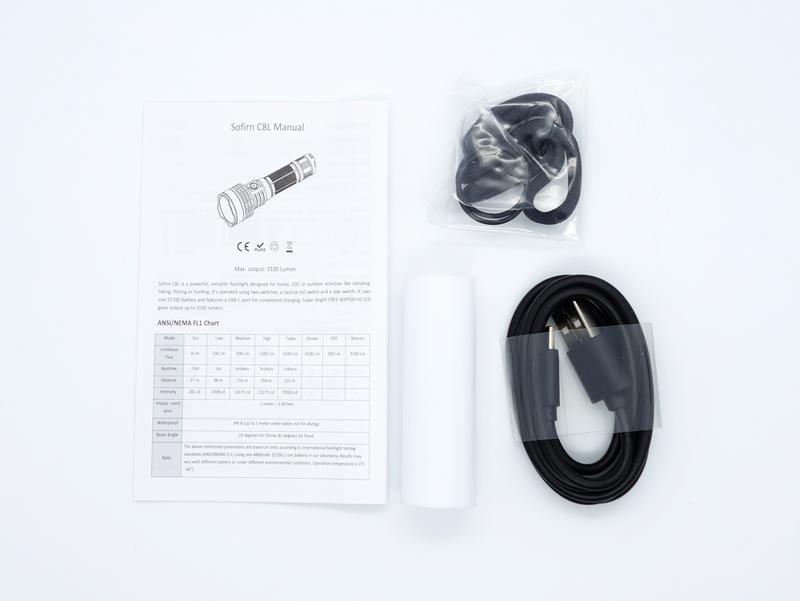
Torch in use#
The C8L easily fits in my jacket pocket.
The dual switch design takes a little bit of getting used to. The mechanical tail switch is easy to use. Once the torch is on, you can change the brightness by pressing the side switch.
There are some sharp edges on the fins of the head. They are not very sharp but you could cut yourself if you tried (e.g. grip it hard while trying to unscrew the bezel).
The lanyard holes in the side of the tailcap allow a lanyard to be attached without getting in the way of tailstanding. However, the boot for the tail switch is massive and it prevents the torch from tailstanding.
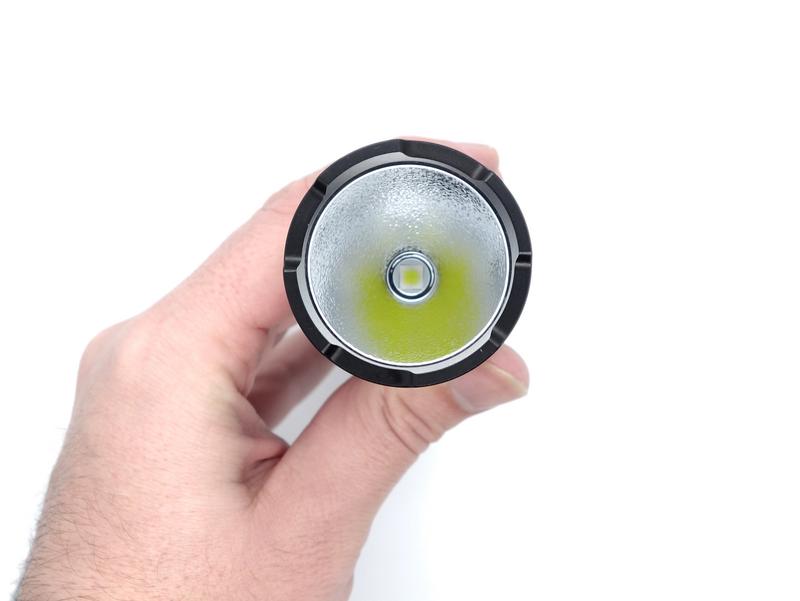
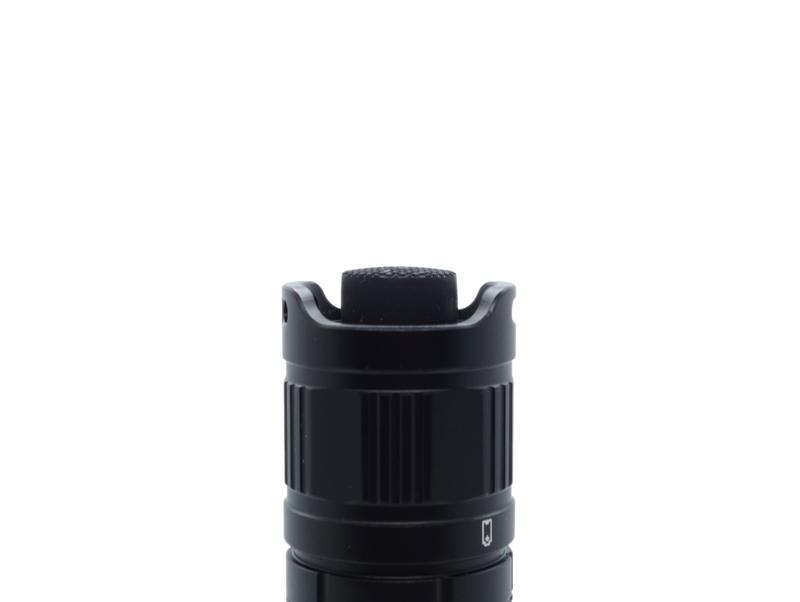
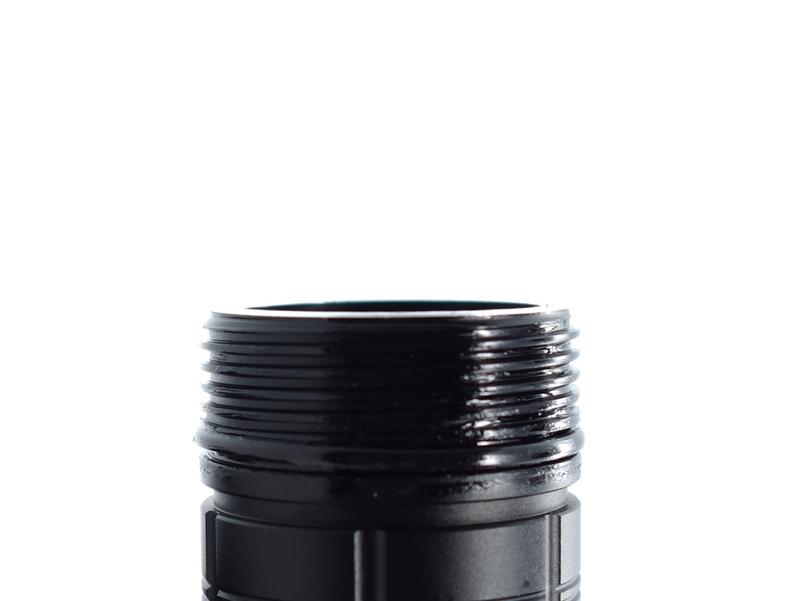
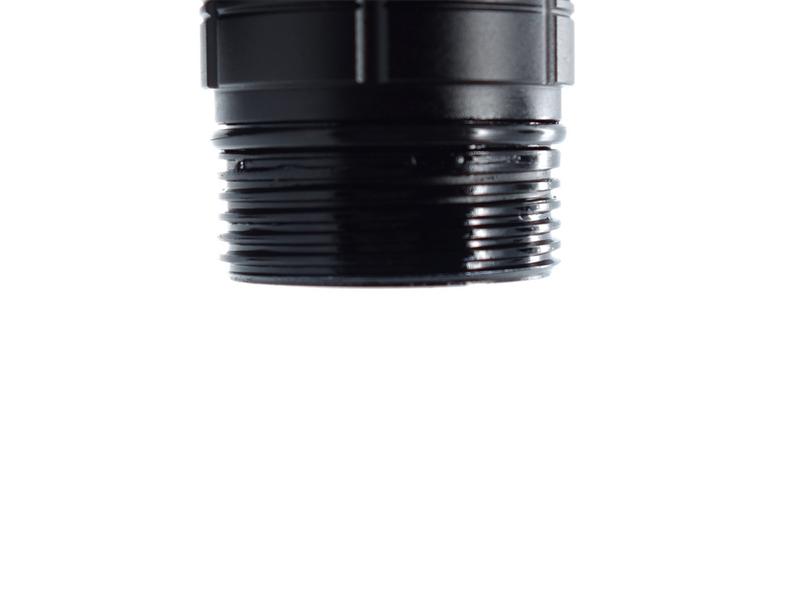
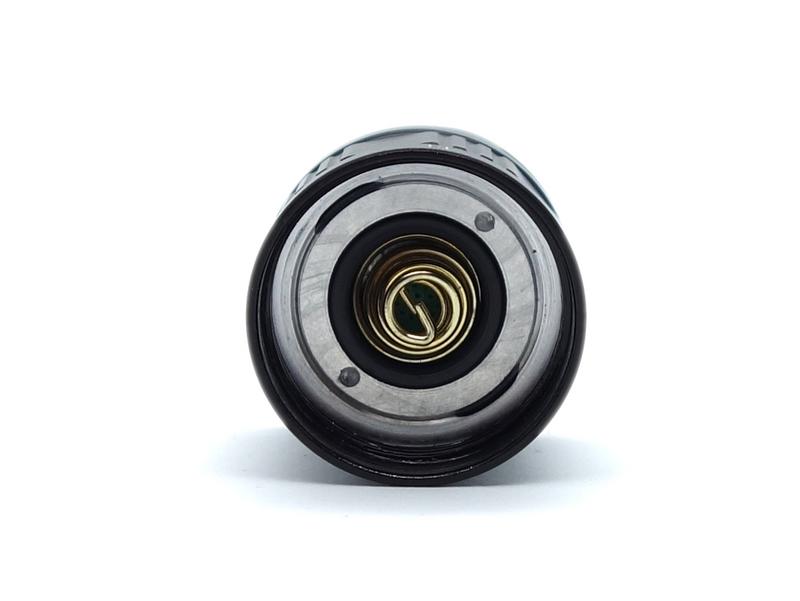
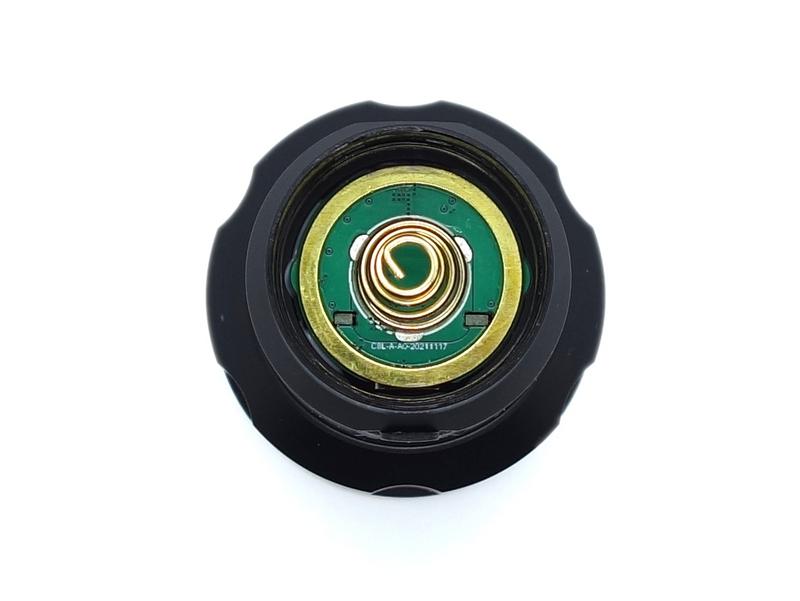
Build quality#
The anodising is fairly good. Square cut threads are smooth and well lubricated. The threads are also anodised.
Knurling on the tube provides some extra grip. The slim profile of the tube allows it to easily be mounted to a rifle with a clamp. The tube cannot be reversed because the diameter is smaller near the tail end.
The electronic side switch feels sturdy and has some resistance when pressing down. The tail switch is spongy due to the massive switch boot. Sofirn could reduce the switch boot size by a third and to allow the torch to tailstand.
Double springs were installed in the tailcap to reduce the risk of a cell disconnecting due to recoil from a firearm.
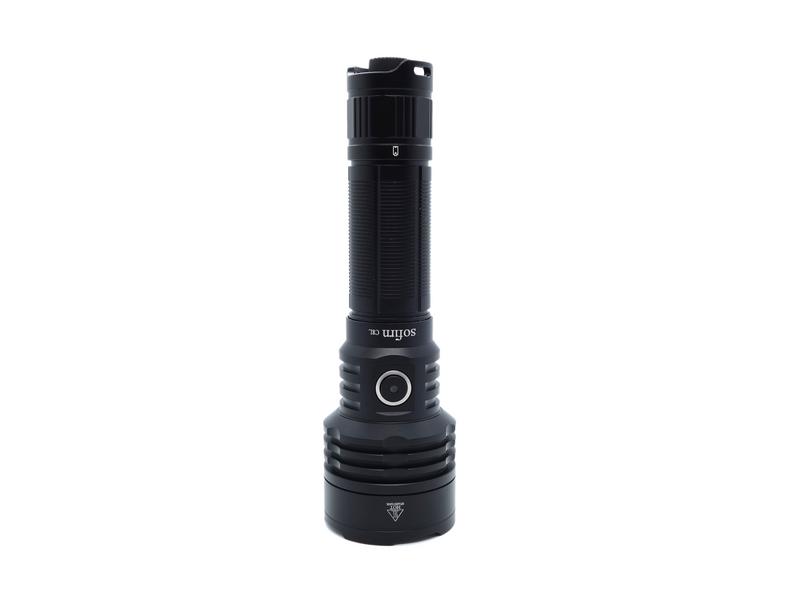
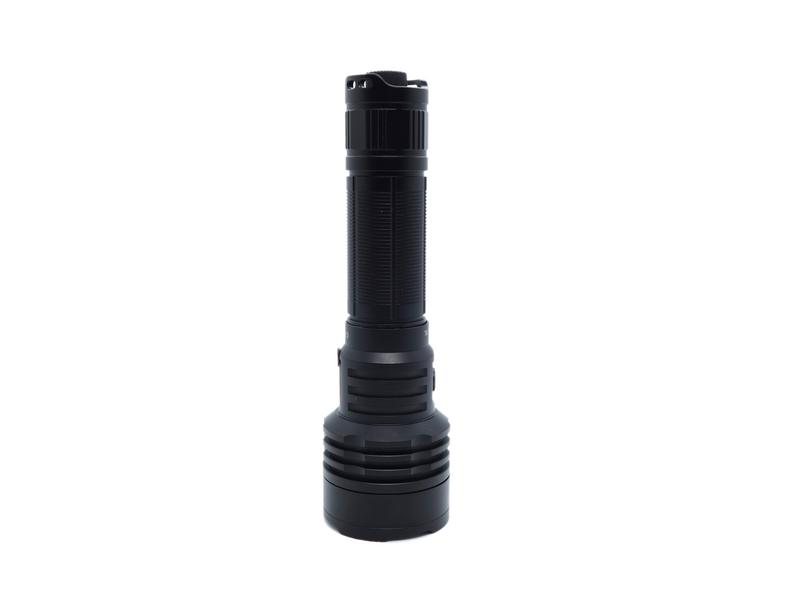
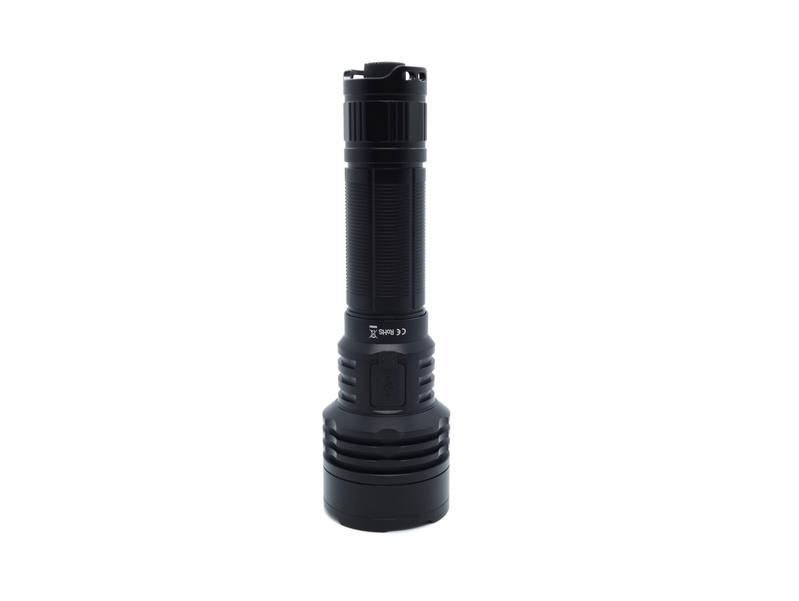
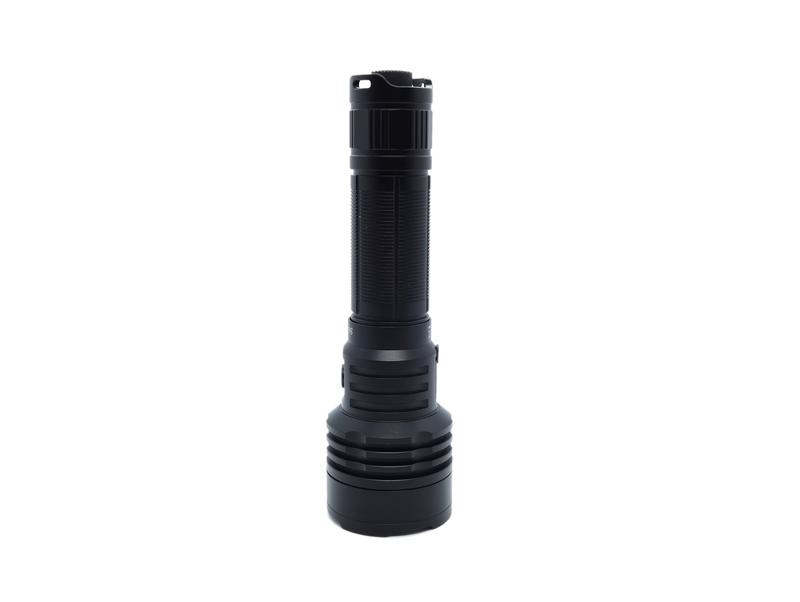
LED, bezel, lens, reflector and beam#
The C8L has one Cree XHP50.3 HI emitter with an orange peel reflector.
The lens does not appear to have an anti-reflective coating.
The bezel is screwed on tightly and might have glue on the threads.
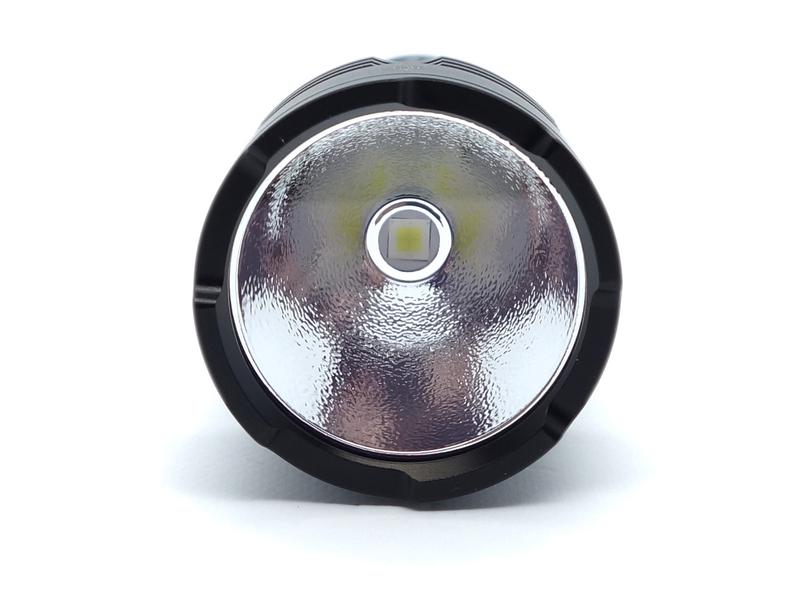
I have taken Correlated Colour Temperature (CCT) and Colour Rendering Index (CRI, RA of R1-R8) measurements with the C8L positioned a little over one metre away from an Opple Light Master Pro III (G3).
The CCT measured is about 6500K and the CRI is about 69.
The Delta u, v is more positive on lower modes. The beam is less green on High and Turbo.
| Mode | CCT (K) | CRI (Ra) | x | y | Duv |
|---|---|---|---|---|---|
| Eco | 5846 | 66.2 | 0.3243 | 0.3499 | 0.0081 |
| Low | 6105 | 68.0 | 0.3193 | 0.3406 | 0.0058 |
| Medium | 6448 | 69.4 | 0.3135 | 0.3309 | 0.0038 |
| High | 6515 | 69.6 | 0.3126 | 0.3281 | 0.0028 |
| Turbo | 6818 | 69.7 | 0.3082 | 0.3224 | 0.0021 |
Calculate Duv from CIE 1931 xy coordinates
Dimensions and size comparison#
Dimensions#
I took the following measurements using digital callipers.
| Measurement | Unit (mm) |
|---|---|
| Torch length | 157.4 |
| Head diameter | 46.5 |
| Tube diameter | 28.0 |
Weight#
I took the following measurements using a digital scale.
| Measurement | Unit (g) |
|---|---|
| Weight of torch with battery | 242.2 |
| Weight of torch | 172.8 |
| Weight of battery | 69.4 |
EDC size comparison with its competition#
From left to right: Convoy C8+, Sofirn C8L, Convoy L21B.
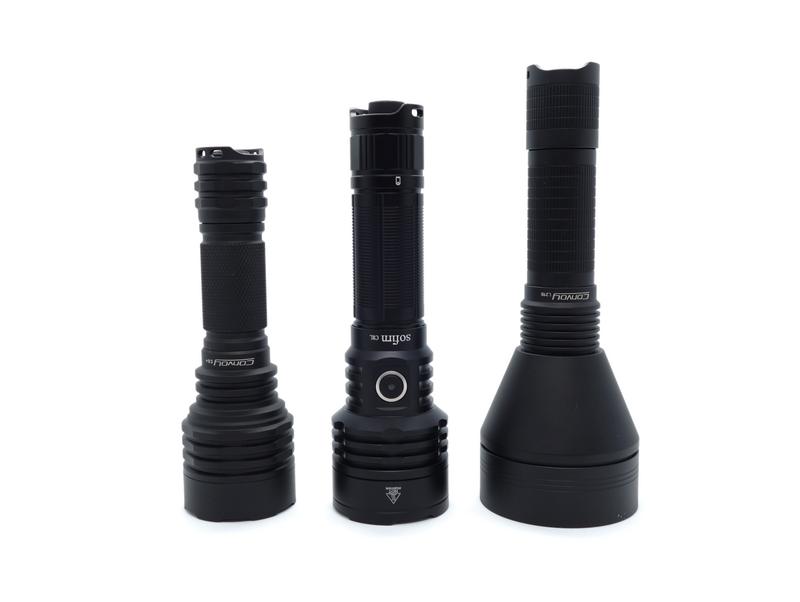
From left to right: Convoy C8+, Sofirn C8L, Convoy L21B.
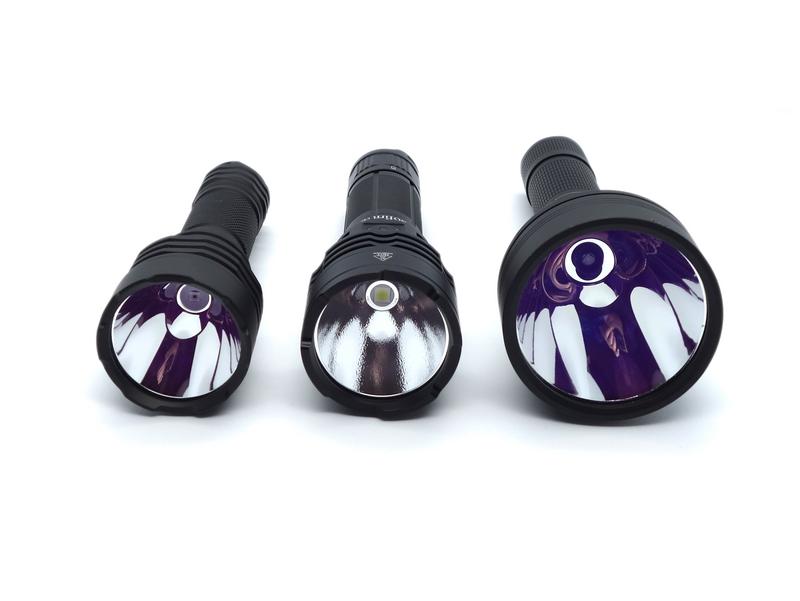
User interface and driver#
Sofirn have used a simple user interface for the C8L with two groups, five main modes (Eco, Low, Medium, High, Turbo) and three blinkies (Strobe, SOS, Beacon).
Group 1#
| State | Action | Result |
|---|---|---|
| Off | Click tail switch | On (mode memory) |
| Off | Double click tail switch | Turbo |
| Off | Hold side switch and click tail switch | Eco |
| On | Click side switch | Cycle (Eco, Low, Medium, High, Turbo) |
| On | Double click side switch | Turbo |
| On | Triple click side switch | Strobe |
| On | Hold side switch for 3 seconds | Group 2 |
| On | Click tail switch | Off |
| Strobe | Double click side switch | Cycle (Strobe, SOS, Beacon) |
Group 2#
| State | Action | Result |
|---|---|---|
| Off | Double click tail switch | Strobe |
| On | Click side switch | Cycle (Medium, Turbo) |
| On | Double click side switch | Strobe |
| On | Hold side switch for 3 seconds | Group 1 |
The torch will flash twice in Eco to indicate that it is in Group 1 when changing modes.
The torch will flash twice in Turbo to indicate that it is in Group 2 when changing modes.
Battery status#
The side switch has a battery status LED.
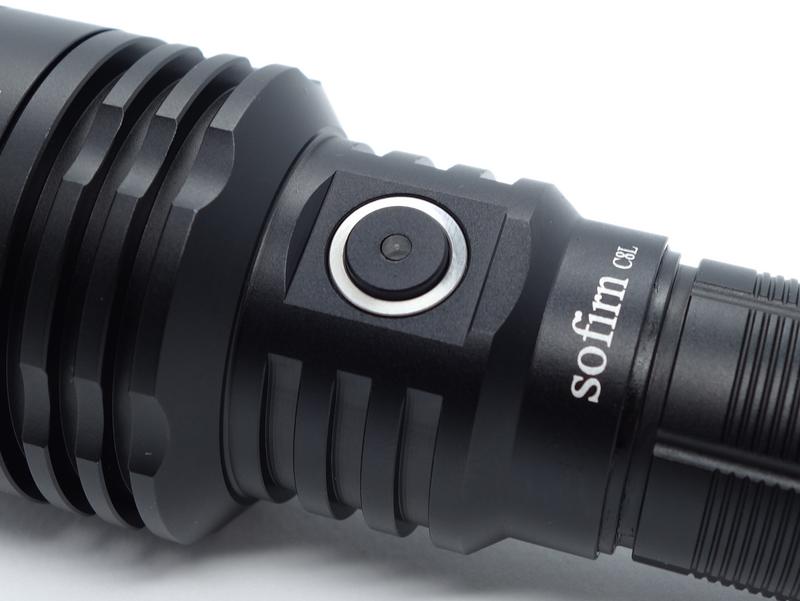
The LED displays the following colour when the torch is on:
| Colour | Battery level |
|---|---|
| Green | Power ≥ 70% |
| Flash Green | 40% ≤ Power < 70% |
| Red | 10% ≤ Power < 40% |
| Flash Red | Power < 10% |
Low voltage protection#
The torch switched off at 2.99V.
PWM#
I did not notice any visible PWM.
What I like about the UI#
- Shortcut to Turbo with the tail switch.
- Simple user interface.
What could be improved#
- Direct access to Strobe from off would be nice.
Batteries and charging#
Battery#
A Sofirn 21700 5000mAh cell was included inside the torch. The cell arrived with a voltage of 3.93V, and it was isolated with a piece of plastic.
A capacity of 4851 mAh was measured using Capacity Test mode at 1A with a Vapcell S4 Plus.
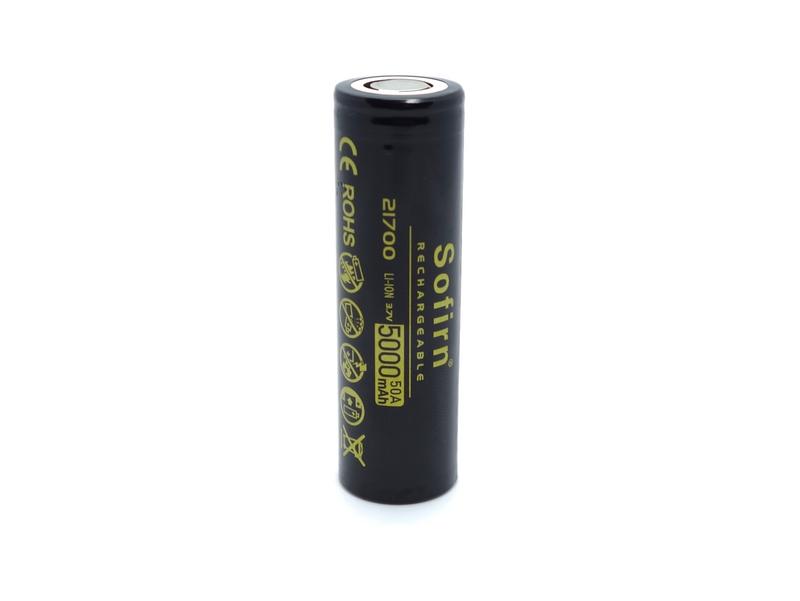
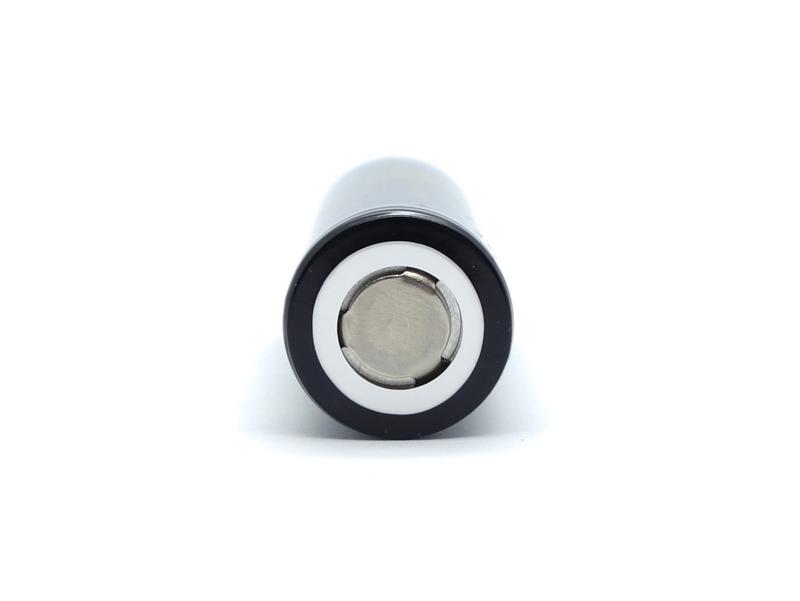
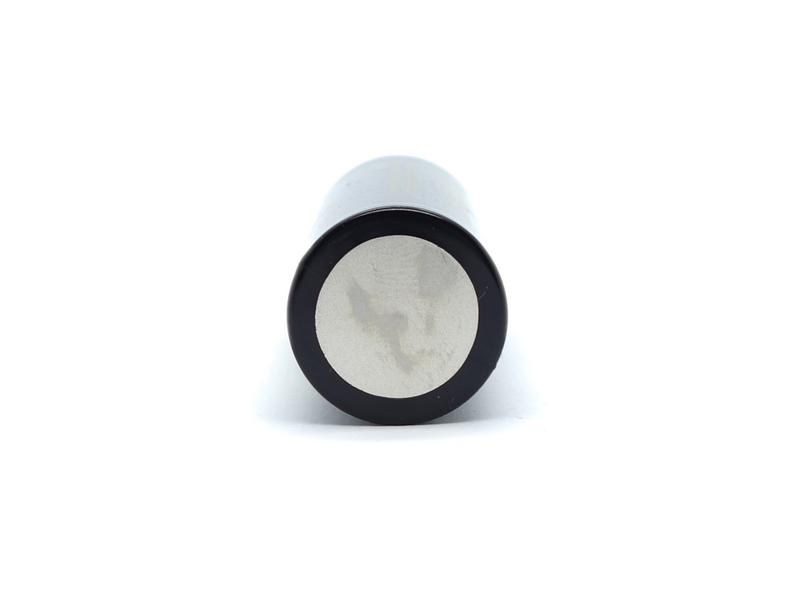
Charging#
I tried the following power supplies with the C8L’s built-in USB-C charger:
| Power supply | USB Type | Protocol | Does it charge? |
|---|---|---|---|
| Apple 61W Power Adapter | USB-C | PD | Yes |
| Google Pixel Power Adapter | USB-C | PD | Yes |
| Generic 5V 2.4A Power Adapter | USB-A | Yes |
USB-C to USB-C works.
Performance#
Official specifications from the manual:
| Mode | Eco | Low | Medium | High | Turbo | Strobe | SOS | Beacon |
|---|---|---|---|---|---|---|---|---|
| Luminous Flux | 8 lm | 100 lm | 500 lm | 1300 lm | 3100 lm | 3100 lm | 500 lm | 3100 lm |
| Runtime | 220h | 26h | 6h 58min | 2h 28min | 1h 45min | |||
| Distance | 27 m | 98 m | 216 m | 354 m | 531 m | |||
| Intensity | 182 cd | 2308 cd | 11675 cd | 31275 cd | 70500 cd |
| Impact Resistance | 1m / 3.28ft |
| Water Resistance | IPX-8 (up to 2 meter under water, not for diving) |
| Beam angle | 26 degrees for throw, 82 degrees for flood |
| Notes | The above mentioned parameters are based on tests according to international flashlight testing standards (ANSI/NEMA FL1) using one 4800mAh 21700 Li-ion battery in our laboratory. Results may vary with different battery or under different environmental conditions. Operational temperature is 0 C - 40 C. |
Lux Meter: UNI-T UT383BT
DMM: UNI-T UT139C has been used to measure current under 10A.
Lumen measurements#
| Mode | Amps at start | Specs | Lumens @turn on | Lumens @30 sec | Lumens @10 min |
|---|---|---|---|---|---|
| Eco | 0.02 A | 8 lm | 8 lm | 8 lm | 8 lm |
| Low | 0.14 A | 100 lm | 105 lm | 104 lm | 103 lm |
| Medium | 0.70 A | 500 lm | 473 lm | 469 lm | 467 lm |
| High | 2.21 A | 1300 lm | 1132 lm | 1120 lm | 1102 lm |
| Turbo | 7.76 A | 3100 lm | 2768 lm | 2689 lm | 1595 lm |
UPDATE: Lumens at turn on was previously measured as 2165 lm with a VEML7700 sensor. I noticed an issue while testing another torch and I decided to swap the sensor. I ran the Turbo runtime test again with a TSL2591 sensor and measured 2768 lm at turn on.
Standby drain#
None. It has a mechanical tail switch.
Runtime graphs#
I built a lumen tube and forked bmengineer’s project RuTiTe to add support for a VEML7700 light sensor and MCP9808 temperature sensor with help from Owen. Calibration lights from maukka were used.
Note: Lumen measurements may be off by more than 10% with my DIY lumen tube. EDIT: There was an issue with my DIY lumen tube. I replaced the VEML7700 sensor with a TSL2519 and tested Turbo again.
Turbo started at 2768 lumens, quickly dropped to 1600 lumens after a few minutes, dropped to a little over 1300 lumens after 20 minutes and maintained that output for another 40 minutes before switching off. The unusual spike in output near the end of the Turbo runtime also appeared in a runtime chart in Jacob’s Sofirn C8L vs C8G & IF22A video.
High maintained around 1100 lumens for almost two hours before switching off.
Medium maintained over 460 lumens for almost six hours before switching off.
I only tested Low and Eco modes for ten minutes because their expected runtimes were for 26 hours and 220 hours respectively.
It would be nice if Sofirn added more details to their ANSI/NEMA FL1 Chart so that it clearly indicates that Turbo may only last a few minutes before reducing in output. Turbo does not last 1 hour 45 minutes at 3100 lumens.
The High mode may be ideal for hunters who want 1100 lumens for almost two hours.
Throw#
I took lux measurements with a UT383BT at 30 seconds for each mode. Each mode was measured at five metres.
| Mode | Specs (cd) | Specs (m) | Candela measured (cd) | Distance (m) |
|---|---|---|---|---|
| Eco | 182 | 27 | 125 | 22 |
| Low | 2,308 | 98 | 2,800 | 105 |
| Medium | 11,675 | 216 | 13,400 | 231 |
| High | 31,275 | 354 | 37,425 | 386 |
| Turbo | 70,500 | 531 | 83,925 | 579 |
The C8L slightly exceeded official specs for throw.
Beamshots#
5000K WB, 1/3 shutter speed, ISO 100
Eco
Low
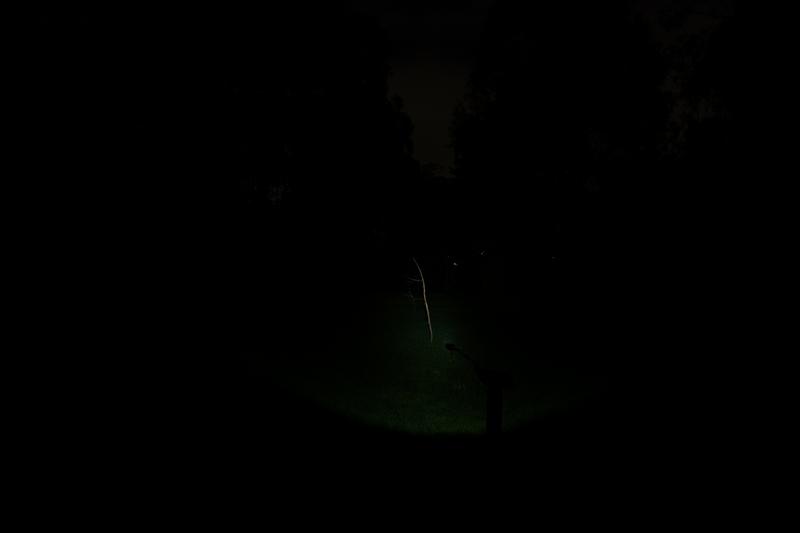
Medium
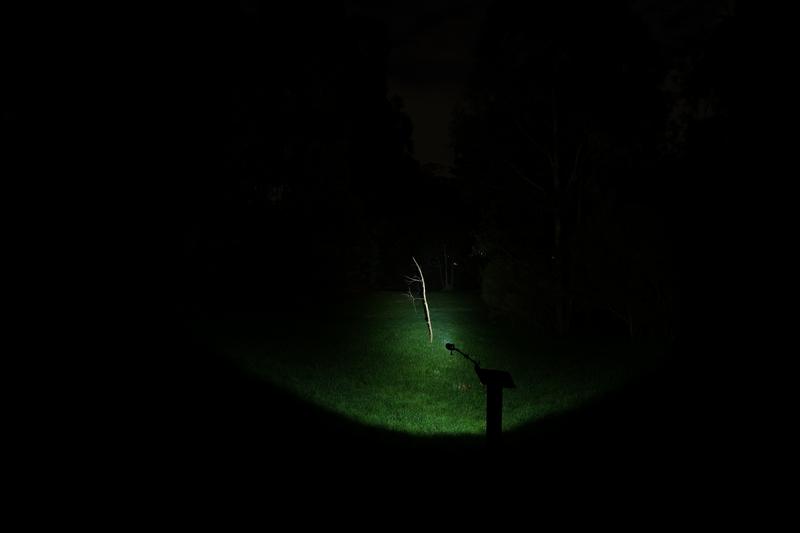
High
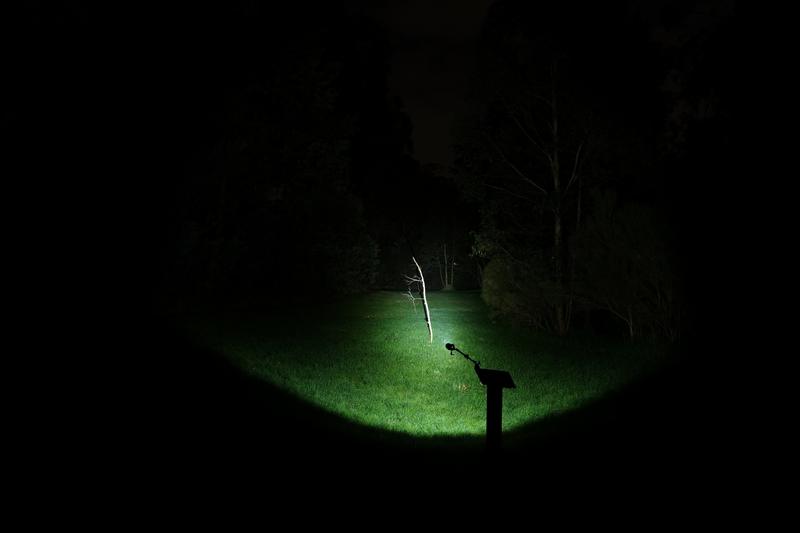
Turbo
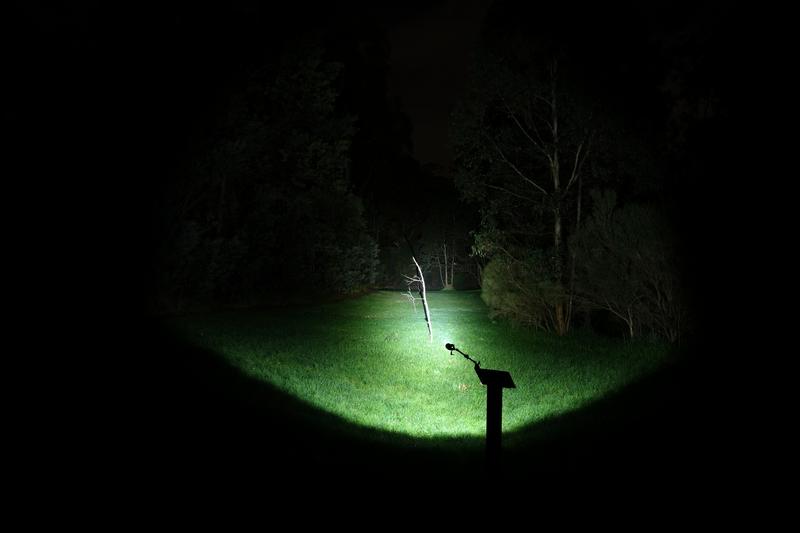
Conclusion#
The Sofirn C8L is a good small thrower for hunting at close range. The beam produced is wide, smooth and cool. It is low CRI, but I do not expect high CRI for this type of torch.
Pros:#
- Nice beam.
- Good runtime and regulation.
- Good knurling.
- USB-C to USB-C charging.
Cons:#
- The boot for the tail switch is massive and prevents tailstanding.
- Low CRI.
